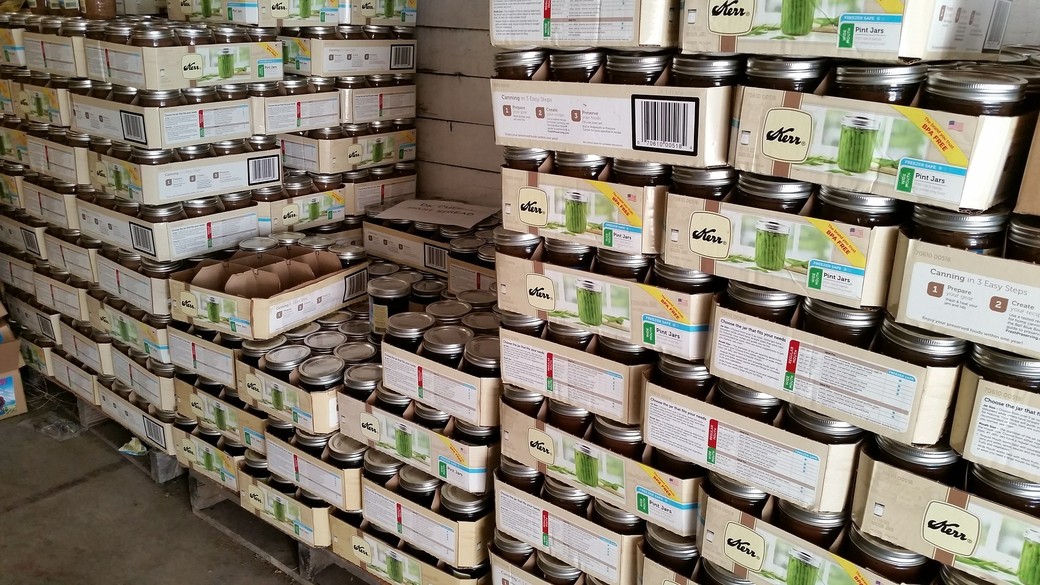
Canadian Innovation and 21st Century Challenges
Like other countries, Canada faces profound challenges in the decades ahead. An aging population, the need to mitigate and adjust to climate change, the transition to a low greenhouse gas emissions economy and pressures from rising economic superpowers are issues we all confront. Science, technology and innovation will be crucial to ensuring that Canadians’ health, well-being and quality of life continue to improve in the midst of these challenges.
Renewed interest in innovation and the knowledge economy has increased over the last twenty years and governments have focused on investing in Canada’s universities and research institutions. The results have been remarkable. Canada now ranks near the top of the OECD in higher education research as a share of GDP.
However, despite the increased research funding, innovation by business enterprises continues to lag. According to Canada’s Science, Technology and Innovation Council, the Council of Canadian Academies’ Expert Panel on Business Innovation and others, business sector innovation in this country is falling short and R&D expenditures remain below average when compared to Canada’s advanced industrial trading partners. If this poor performance continues, experts warn, Canada’s productivity growth and ultimately living standards will be in jeopardy.
While manufacturing and primary industry will play a key role in boosting innovation and productivity growth, Canada’s growing service sector still has much to contribute – including public services. In the last year, the federal public service responded with professionalism and efficiency in preparing for and responding to the H1N1 pandemic, reacting to the crisis in Haiti, and planning and carrying off the 2010 Olympic and Paralympic Winter Games. As the Minister of Finance has observed, Canada’s professionally-regulated financial system has been recognized worldwide as the key to Canada’s superior economic performance during the recent financial crisis and economic recession. More recently, the Prime Minister’s Advisory Committee on the Public Service congratulated the public service on the innovative methods used to plan and implement the government’s economic stimulus package “in a timely and efficient way.”
Canada’s performance over the past two years demonstrates that good governance is a fiscal asset and competitive advantage, and that the professional public service is an essential component of Canada’s success. But it is not yet viewed as a potential source of innovation and service sector productivity gains. To be sure, after years of budget cuts, today’s federal public service workforce is remarkably lean. The number of employees working in Canada’s core public administration has increased only slightly (less than 5 per cent) since 1983, well behind the growth of the Canadian population or economy and real spending on federal programs. Canada’s professional federal employees are doing far more than ever.
Yet the federal government’s approach has been to financially squeeze the public service with budget cuts, forcing employees to do more and more with fewer and fewer resources. Such austerity will not lead to greater innovation and efficiency, only demoralization and a failure to renew the public service, as a wave of retirements carry knowledge and the most experienced out the door. There is enormous potential for innovating in the way public services are designed and delivered in Canada – we need an approach that explores ways of delivering higher quality services more efficiently and at lower cost to Canadians.
More and more, the public service consists of knowledge workers: professionals who apply the fruits of years of specialized training and research in the service of Canadians. The thousands of public service professionals represented by The Professional Institute of the Public Service of Canada use their education, talent and expertise to provide a wide range of services that ensure the health and safety of all Canadians. For example, and this is to name just a few, there are meteorologists who monitor the weather and warn us of impending storms. Engineers ensure our roads and bridges are safe. Nurses provide care to Northern communities and veterans. Auditors recover millions in unpaid taxes from large corporations, and the list goes on.
These professionals understand their work processes better than anyone. They have to — in many cases, they design and implement these processes themselves. With years of experience serving Canadian businesses, families and individuals, they are uniquely positioned to identify and propose ways of meeting Canadians’ needs more efficiently and conveniently, with less cost. Public service professionals have sought to increase their involvement in workplace decision-making precisely because they have no shortage of ideas for conducting their work more efficiently, and delivering timely, high-quality services at a lower cost to Canadians.
Following the March budget, the Clerk of the Privy Council has signaled a renewed interest in examining work organization and the use of technology in the federal public service. We think this is an important step and one that needs the input of public service professionals to succeed. We look forward to putting public service professionals on the leading edge of Canadian innovation.








